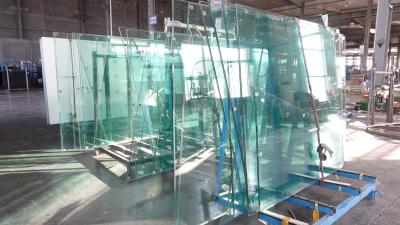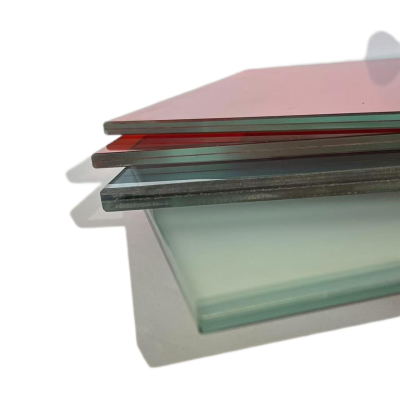How To Distinguish Bwtween Tempered Glass And Ordinary Glass?
1, look at the glass mark
Look at the glass corners to see whether there is a tempered 3C mark, playing 3C mark (the kind that can not be scraped off) is basically tempered glass. Tempered glass processing procedures are first cut into the required size of ordinary float glass, then grinding, cleaning, with ink to play the national mandatory certification ccc mark, into the tempering furnace firing products after the glass is not cut or in the processing. And the ink is generally not scraped off after passing the high temperature. (If the 3C mark on your home glass can be wiped off by hand, it can basically conclude that it is fake tempered glass)
2, see whether the slight deformation
From the side to see whether the glass has a slight deformation, because the glass through high temperature firing, there will be a slight deformation of the phenomenon, which can only be seen from the side of the glass, the front is generally not easy to see.
3, look at the fragments of glass
Ordinary glass is broken after the large flakes, with sharp corners, easy to hurt. Tempered glass is granular after breaking, the edges are very blunt, not easy to hurt people.
Second, tempered glass by shape.
Flat tempered glass and curved tempered glass.
Generally more commonly used flat tempered glass thickness of 4, 5, 6, 8, 10, 12, 15, 19mm eight; more commonly used curved tempered glass thickness of 5, 6, 8, 10mm four.
Third, tempered glass by process.
Physical tempering and chemical tempering.
Physically tempered glass will be ordinary flat glass or float glass in specific process conditions, quenching method or air-cooled quenching method processing and processing. Chemically tempered glass is ordinary flat glass or float glass through ion exchange methods, the glass surface molecular changes, so that the glass surface to form a layer of compressive stress layer processing.
Fourth, the characteristics of tempered glass.
1, with high impact strength
4 to 5 times higher than ordinary glass; bending strength, 5 times higher than ordinary flat glass; good thermal stability, can withstand temperature changes of 200 ℃; as well as glossy, transparent, uncuttable and other characteristics. In the event of ultra-strong impact damage, the fragments are scattered fine particles, no sharp edges, so also known as safety glass.
2, tempered glass will have a slight thickness thinning after tempering
The reason for the thinning is because the glass is softened in the hot melt, after the strong wind to make it cool quickly, so that the internal crystal gap of the glass becomes smaller, the pressure becomes larger, so the glass is thinner after tempering than before tempering. In general, 4-6MM glass is thinner by 0.2-0.8MM after tempering, and 8-19MM glass is thinner by 0.9-1.8MM after tempering. the specific degree depends on the equipment to decide.


































































































































































































